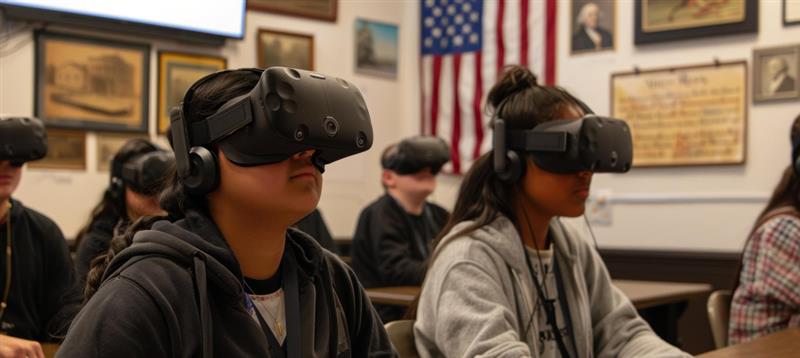Education is moving quickly, and the classroom is not what it used to be. Books and lectures are now joined by digital tools, global perspectives, and fresh approaches to learning. For teachers, this shift can seem challenging, but it also brings many chances to grow. Thriving in the future of education means being flexible, creative, and focused on the needs of students.
Understanding the New Education Landscape
Schools and colleges are embracing online classes, blended learning, and project-based approaches. Students today are used to technology and instant access to information. This means teachers are no longer seen only as the main source of knowledge. Their role is to guide, mentor, and help students build important skills like problem-solving, teamwork, and critical thinking.
The classroom is becoming less about memorizing facts and more about preparing learners for a fast-changing world. Teachers who adapt to this shift are better equipped to inspire and support their students.
Committing to Continuous Professional Growth
Teaching does not stop with a degree. The best educators are those who keep learning throughout their careers. Attending workshops, joining professional groups, or taking online courses helps teachers stay updated with new methods and ideas. Did You Know? “Mobile learning has led to a 43% increase in productivity for organizations, and 93% of businesses expect to adopt some form of eLearning in 2025
This growth builds confidence and also shows students that learning never ends. Whether it is exploring a new way of teaching or improving classroom management, professional development helps teachers stay ready for the future.
Making Technology Your Teaching Ally
Technology can feel complex at times, but it works best when it supports rather than replaces the teacher. Tools like smart boards, interactive platforms, and digital resources make lessons more engaging and tailored to student needs.
Teachers can use these tools to track progress, provide feedback, and create interactive assignments. The key is to choose technology that adds value to the learning process instead of distracting from it.
Strengthening Human Connection in a Digital Age
Even in a world filled with technology, the teacher’s role in building connections is irreplaceable. Students value encouragement, understanding, and the human side of teaching.
Creating a classroom where students feel heard and supported has a strong impact on their motivation and performance. A balance between technology and human connection leads to better results for learners.
Staying Informed Without Overwhelm
There is always new information about policies, methods, and tools, and it can feel too much at times. Teachers do not need to follow everything at once. Choosing a few trusted sources or joining professional networks makes it easier to keep up without feeling drained.
Setting aside a small amount of time for updates helps teachers stay informed while also protecting personal time and energy.
Final Thoughts: Adaptability is Your Superpower
Education will continue to change, and new challenges will come. What will always matter is the teacher’s ability to adapt. By staying curious, open to learning, and focused on students, teachers can thrive in any environment.
Change should not be seen as a burden but as an opportunity to grow both as an educator and as a lifelong learner.









